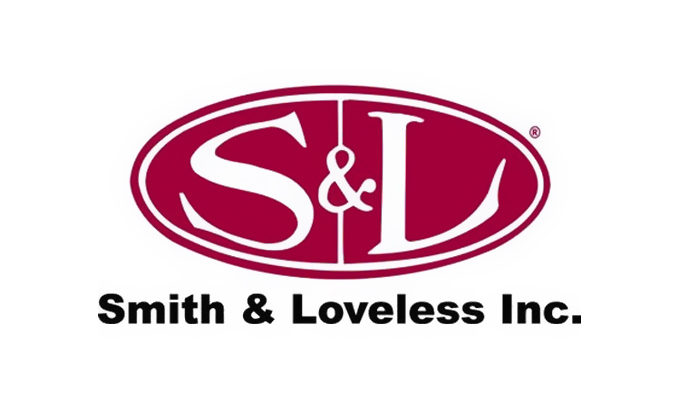Wouldn’t It be really hard to get good grades in school if you didn’t have the tools to succeed academically like text books, paper, and computers? Likewise, for school district maintenance departments and small utilities that manage sewage systems, not having the right operator safety and maintenance tools or resources can make a significant difference on the bottom line.
Just ask Steve Cox, maintenance supervisor for mechanical, electrical, and plumbing at Klein Independent School District near Houston. He’s responsible for managing all facility maintenance for a burgeoning school district comprised of 50,000 students, thirty elementary, nine intermediate, and four high schools—and twenty wastewater lift stations. However, as time progressed and employee safety requirements tightened, the specialized maintenance and service protocols required for certain lift stations have become impossible for district staff to handle internally and become too costly.
“Unless it winds up being an electrical issue above ground, which is very rare, we are calling a contractor 95 percent of the time,” Cox says.
That’s because the district has historically installed typical submersible pumping systems. These systems require protocols that can include multiple personnel and significant amounts of specialized equipment to meet OSHA and other Class1 Div 1 standards, like hoists, safety harnesses, gas monitoring equipment, and a vac truck.
These items are simply not feasible for Klein I.S.D. to possess. Because of this, the district is forced to outsource submersible pumping system repairs to outside contractors at a considerable cost.

“When a submersible goes out, it’s contractor time,” says Cox. “My technician lets them in the gate and that’s about it. We don’t even have the equipment to pull the pump.”
In almost every instance this has required the total draining and cleaning of the wet well with a vac truck, renting of a temporary pump, and a significant cost related to the repair or total replacement of the pump, Cox says.
To become more self-sufficient and minimize operations costs, Klein I.S.D. is in the process of converting as many of these pumping systems to above-grade EVERLAST™ Wet Well Mounted Pump Stations from Smith & Loveless. These systems feature all pumps, piping, valves, and controls installed outside of the wet well, at grade level, making operation and maintenance simpler, safer, and more economical than other systems. Wet Well Mounted Pump Stations require none of the tools or safety protocols associated with submersibles. Their pre-engineered standard designs promote superior operator knowledge and common troubleshooting practices. Twelve of the district’s twenty lift stations have been converted to Wet Well Mounted Pump Stations so far, according to Cox.
Because of the operational advantages afforded by its above-grade Pump Stations, one single full-time Lift Station Technician is now able to operate and maintain all of the district’s lift stations. The technician easily and safely inspects each of the district’s twelve above-grade stations on a regular basis by simply walking up and opening the lightweight enclosure. The technician immediately has total access to all mechanical and electrical equipment—including the pump internals after removal of just four bolts. And when desired, remote monitoring and station communication is also available.
This allows the technician to easily follow the manufacturer’s operation instructions and minimize downtime. With familiar designs and frequent inspection, the technician has developed a level of operational knowledge that far surpasses any other type of system, and it only continues to improve with every new day and additional lift station conversion. There have been zero repairs or replacements by outside contractors to S&L pumps over the last decade
“With the S&L [above-ground] stations, we can do just about everything no problem with just one guy,” Cox says. “Problems are not a very common occurrence. The S&L stations run very well.”


